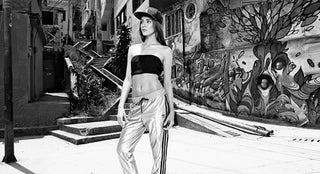In an era where everyone with a DSLR camera (or some VSCO filters) calls themselves a photographer, it’s good to see talented people make a difference through skill and knowledge, instead of buzz and Instagram followers. One of those guys is Marnix Postma, an Amsterdam-based photographer who’s managed to make a name for himself through working with a variety of local streetwear brands. He took some time out of his busy schedule to sit down for a chat and gave The Hundreds the honor of exclusively premiering the second edition of his Streets of… editorial series: Streets of Rio.
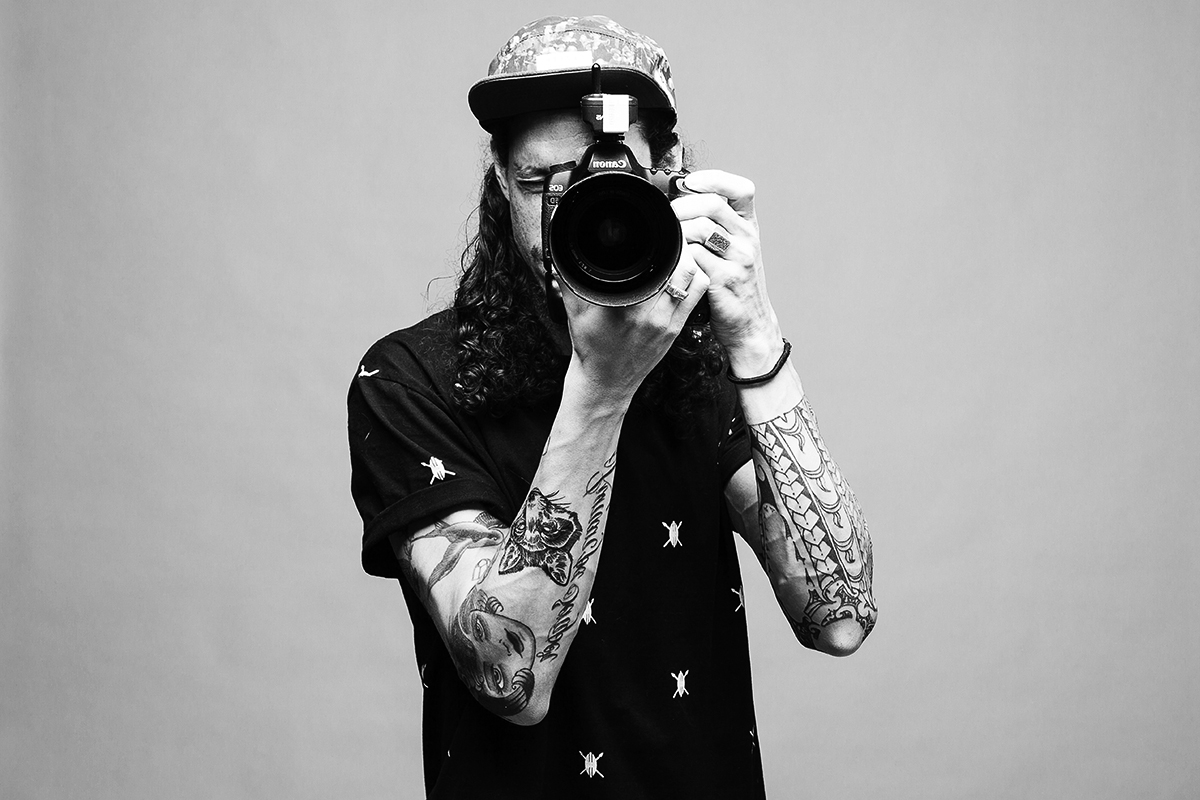
Marnix Postma.
MAARTEN: Introduce yourself.
MARNIX POSTMA: I’m Marnix Postma, an Amsterdam-based photographer. I’m currently shooting a lot of campaigns and look books for streetwear and lifestyle brands, but I am also constantly shooting my own personal projects. My professional work revolves around capturing and communicating the DNA and look and feel of the brand I am working with.
What made you want to be a photographer?
I studied architectural engineering for way too long, and eventually decided that it wasn’t for me. I wanted to do something where I could express myself more creatively. So at 26, I decided to attend art school, originally to be an interior architect. In my freshman year we got a wide spectrum of introductory courses, including photography. I liked photography so much that I picked it up as a side course. Eventually I got so into it that I quit the interior architect program to fully focus on photography.
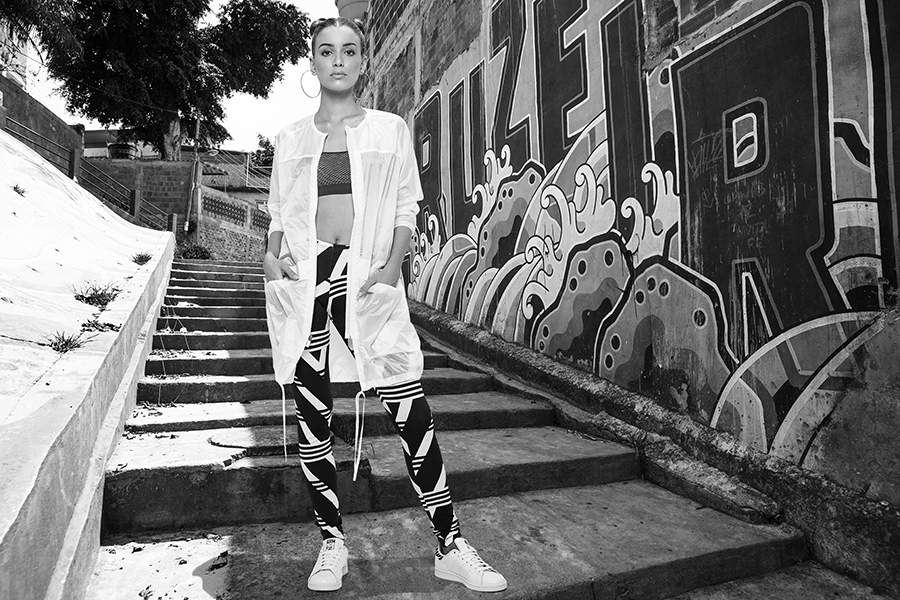
That’s quite a big decision, to, at a later age, throw everything you’ve done before aside and fully dedicate yourself to something completely new.
It is, but I could not find happiness in the things I was doing. I could’ve stuck with it and lived an okay life, or thrown the switch and chase something that was going to make me happy. I’m glad I did the latter.
What did you find in photography that made you decide to turn everything around?
Everything I did in photography was fun. And I found out I had a talent for it, a natural skill. The more I did it, the more I found out that I was actually really good at it. The combination of something that is fun and something you’re good at is hard to beat.
“I COULD’VE STUCK WITH IT AND LIVED AN OKAY LIFE, OR THROW THE SWITCH AND CHASE SOMETHING THAT WAS GOING TO MAKE ME HAPPY.”
What were your favorite subjects to shoot when you were first starting out?
People, it’s always been people. The shoots I do nowadays mostly focus on clothing, but I often find that when I take those photos, I’m kinda making the person that’s wearing the clothes the main subject, rather than the clothes themselves [laughs]. I’m not sure what drew me to shooting people. It might have something to do with the fact that I was super shy as a kid. Taking photos is a way to get in touch with people, but from more of a distance. It’s less direct than talking, so it’s easier to make a connection through snapping pictures. It’s subconscious, but now that I think about it, it makes a lot of sense. I’ve read that there are more photographers that feel that way. I’m still pretty quiet, but throughout the years, by working with so many different people, I’ve gotten way more comfortable with interacting with and directing people. You grow up, you get more confident.
I’ve read that you draw a lot of inspiration from the surrealistic art movement from the ’20s. In what way can we see that inspiration in your photos?
A few years ago I did a master class, led by a great photographer couple. They taught me a lot of things and really helped me advance as a photographer. I was always very skilled in technique, but not as much in creating a concept for the photo. They helped me analyze and change my thought process. I’ve learned to find my starting point in the subconscious part of my mind. By not focusing too hard on the project you get way better ideas for it. There are various ways to open up this part of the mind, and that’s something I picked up from that particular art movement. You can get there by doing a lot of drugs and alcohol, but that’s not my M.O.. I use things like tarot cards, dice, or other truly random things. Or I’ll write – I just put some words together without really thinking about it and I end up with sentences that might seem gibberish, but I manage to find some connections between the words. And that eventually leads to an idea or concept for my photos. It’s about finding inspiration outside of your daily thoughts or consciousness or the things that surround you every day. It’s a great way to not get stuck in patterns and open your art up to unique and new influences. Damnit, I think I just gave away my secret... [laughs]
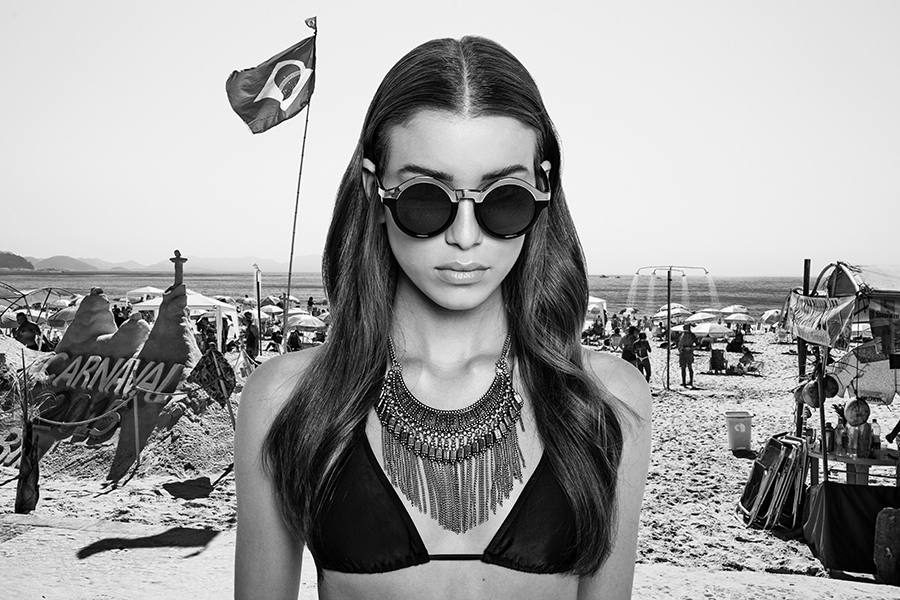
How’d you end up specializing in shooting fashion?
I got started in fashion right after school. It was something that intrigued me, and I was already doing fashion shoots when I was still in school. However, in school, they really stressed the classic side of photography and didn’t consider fashion photography as “art.” I was warned to stay away from fashion and focus more on things like documentary-style stuff. I disagreed with that frame of mind, to me fashion photography is an art form. It very much depends on the photographer, and the way he’s able to take the photo beyond just the products someone’s wearing.
Are you able to take that artistic approach to fashion photography into your commercial jobs?
Thankfully yes, I am. A short time ago I was really trying to balance the two and it got to me. I felt like I wasn’t able to put all my creativity in these type of shoots. But then I shot an editorial for Daily Paper and the feedback was great. People whose opinion I value told me they loved it, even though it was a pretty commercial shoot. There is a balance to be found with commercial work and producing something really cool that also satisfies me creatively. I get that by being involved in the concept phase and the production. That lets me get where I want to be creatively, while still making sure the client is happy with what they see. Of course there are times where you have less influence or the shoot is really straight forward, but I am still shooting it through my own eyes, so it’s there, it’s just toned down a bit.
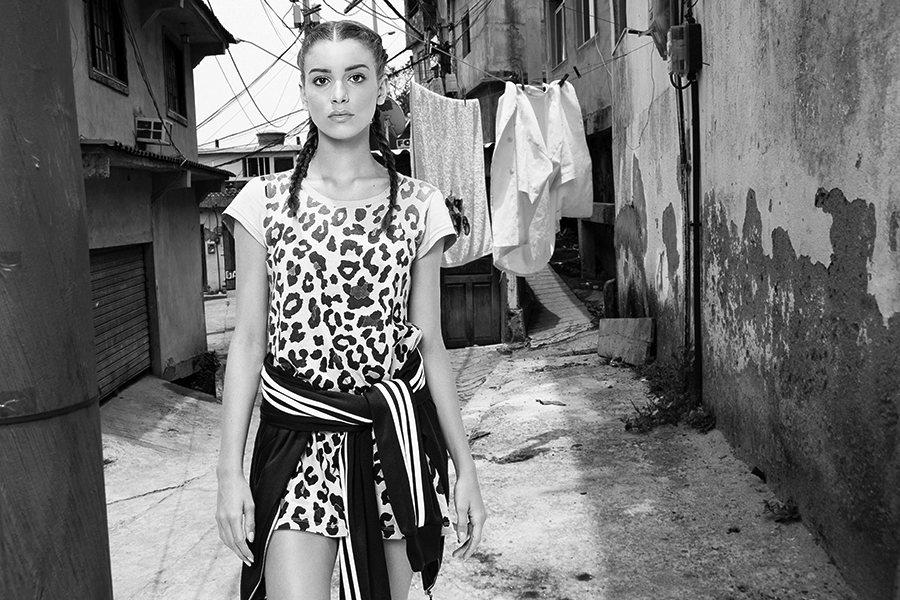
Doesn’t that make you feel like you’re abandoning your creative roots? Do you still find outlets for your creativity?
Not at all, I actually feel a lot more creative in the work I am doing now. Once you find your focus, you start putting way more of yourself into the work, and a lot of creativity comes from that place. Also, within any boundaries, you can still be creative, even with a really cut and dry shoot. I also picked up screen printing. It has nothing to do with my photography, but it’s another creative outlet for me. I can be really unrestricted and it’s a good practice in just creating, it’s pretty meditative.
Can you tell us a little more about the “Streets of Rio” shoot that accompanies this article?
Throughout the years, I’ve found that me and streetwear are a great match. Photography is an extension of yourself and I’ve been wearing these brands since I was a kid. I know the brands here and the guys running them, I’m right in the middle of it, I have all these connections... It kind of happened organically, that’s how the idea for the “Streets of” series was born.
I went to London and shot the “Streets of London” editorial, which I planned to combine with screen printing. In the end, it didn’t really work out the way I originally planned and I edited it digitally. It was published on Highsnobiety.com and was well received, so I turned it into a series. I’m working on “Streets of Amsterdam” right now, it’s almost finished. Last January I went to visit a friend in Rio de Janeiro. While I was staying with him I wanted to do a project and used some of his connections to set up this shoot. That’s how I work in this series, go somewhere and find people to collaborate with. I try to capture a time frame in local street fashion. Of course it’s not a straight documentation, but it does show the style and the surroundings that are specific to that city.
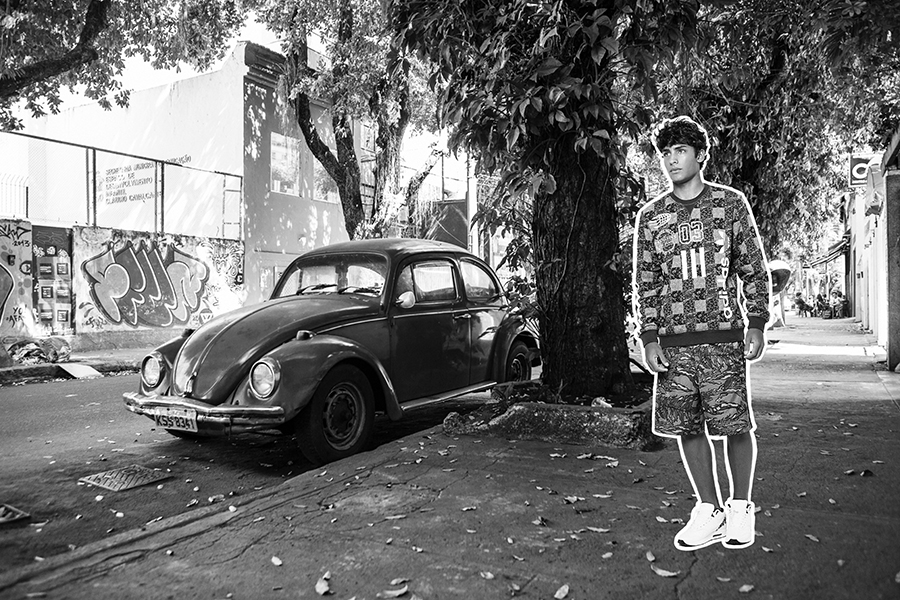
Speaking of the near future, any upcoming projects you can tell us about?
I’m looking into relocating, maybe to Los Angeles. My girlfriend’s from there, and of course there’s a lot happening in streetwear over there. I’ll be there throughout of May, meeting new people, getting a feel for the scene and maybe shoot a “Streets of LA” series. I’m overflowing with work here, so wherever I go, I’ll be going back and forth between there and Amsterdam for a while.
If you could design the perfect shoot, which location, model and brand would you pick?
That’s a hard question, There are tons of brands I’d really like to work with and since I’m really into brand identity that could go into any direction. But if I could choose anything, I’d like to work with Kendrick Lamar for Supreme in front of a white wall.
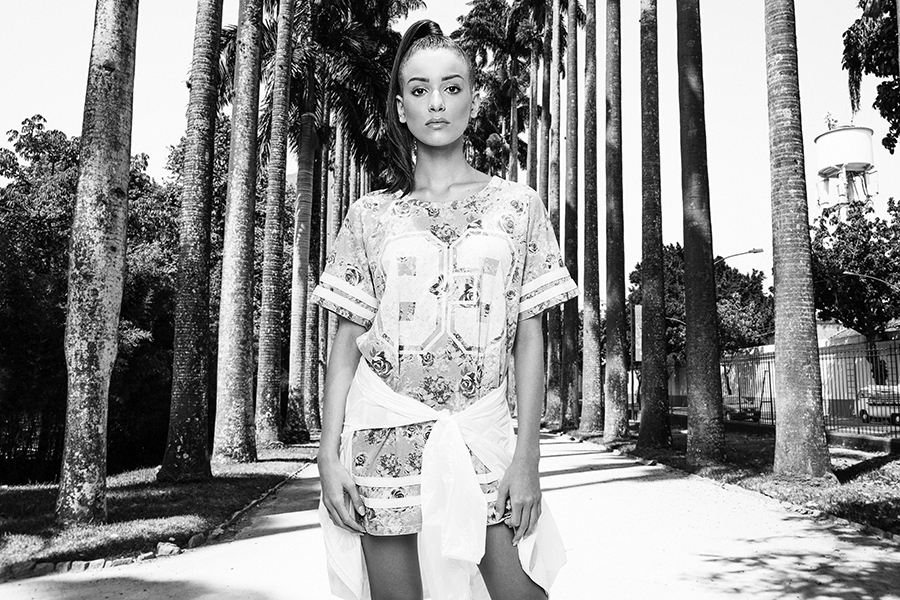
::
Visit Marnix’s website.
Street of Rio credits:

